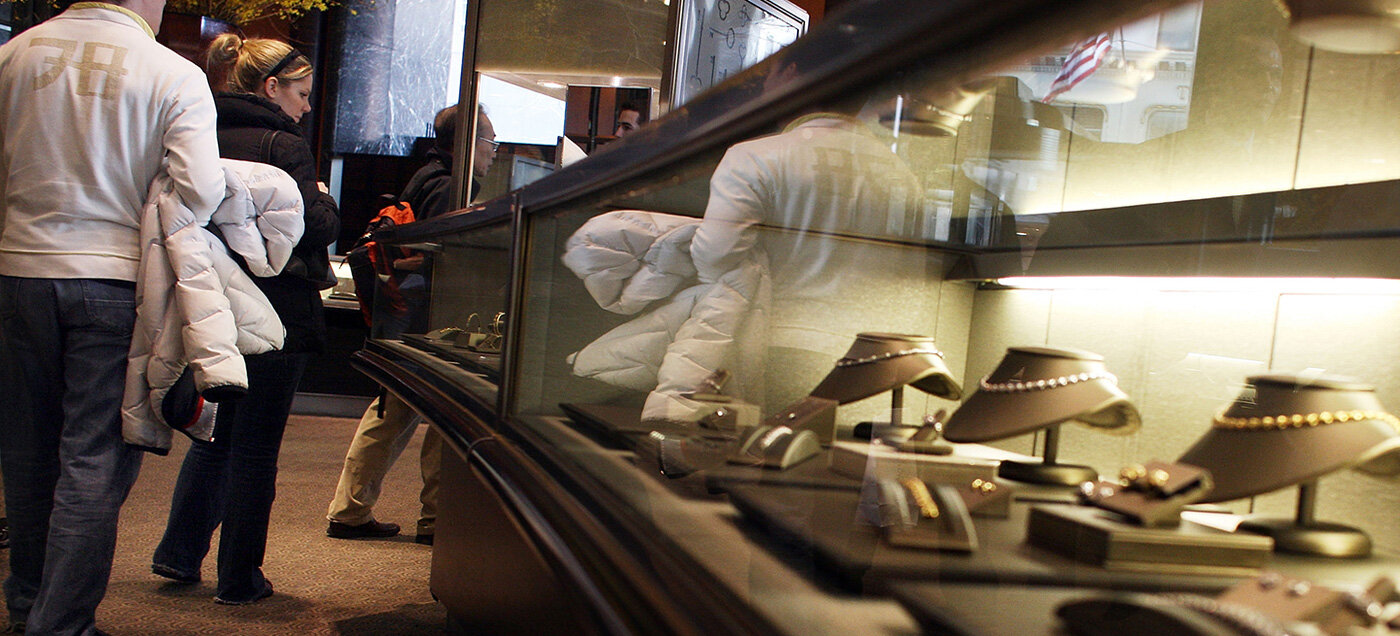Shopping
Black Friday Shopper Traffic Spikes at U.S. Malls and Shopping Centers

Based on a new CBRE Retail Property Management survey at 16 of the malls and large-format retail centers that it manages across the U.S. found the following regarding results from this past Thanksgiving weekend:
- Centers reported traffic up significantly compared to 2020. Most centers met or exceeded 2019 traffic numbers.
- The majority of retailers surveyed reported Black Friday sales exceeding their own forecasts and 2020, with more than half reporting sales equal to or exceeding 2019.
- Popular categories were shoes, cosmetics and apparel. The latter was a major traffic draw with steep discounts.
- BOPIS (Buy Online, Pick Up in Store) and curbside pickup was down significantly compared to 2020 as consumers preferred to shop in-store.
- Events and gatherings, such as Santa meetings and light shows, were more popular this year than 2020.
- Theaters benefitted as well, reporting the highest sales volumes since they were able to reopen.
- Retailers did not cite inventory shortages as an issue. Stores are opting to ship purchases directly to shoppers’ homes when necessary and pushed gift card sales as an alternative.
“We anticipated that in-store foot traffic would be much higher this holiday season, with shoppers eager to return to their normal traditions and the experiences they missed last year,” said Brandon Isner, Head of Americas Retail Research for CBRE. “The feedback from our retail centers shows that people are more comfortable gathering this year and their activity will be a boost to not only retailers, but entertainment outlets such as theaters and restaurants. This narrative is backed up by data illustrating that retail foot traffic has steadily increased throughout October.”
“Although consumer sentiment has taken a dip, retail sales remain strong. Supply chain issues may hamper smaller retailers, but inventory likely won’t be a problem for larger retailers with purchasing power.”
The CBRE-managed retail centers are spread across the U.S., with four in the West, five in the Midwest and Central U.S., and seven in the East.









